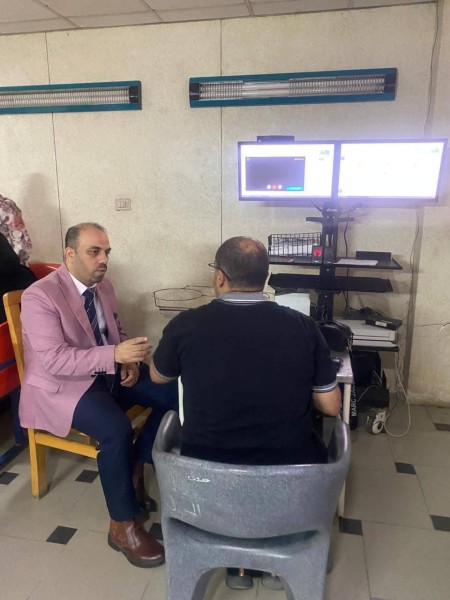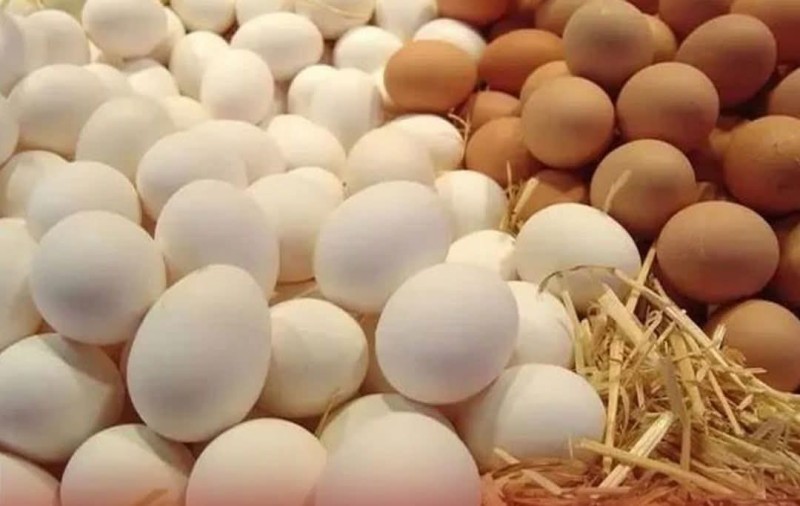Zaraniq reserve migratory bird resort

The Mediterranean reserves in Egypt receive special attention from international bodies. It has allocated five million dollars for its development and development and turning it into attractions for bird and plant watch enthusiasts and others. There are three Egyptian reserves bordering the Mediterranean, one of which is the Zaranik Reserve, referring to the "Zarnuq", meaning the narrow place.
The Zaranik Reserve lies in the embrace of the northeastern coast of the Sinai Peninsula, and is considered an extension of Lake Bardawil. In addition to the resident seabirds, it hosts about 450,000 birds during their migration from Scandinavia, Eastern Europe and Russia to South Africa, on one of the strangest bird trips in the world. They abandon their dens with the beginning of the autumn season to escape the bitter cold and frost of the Arctic Ocean, and they reach the bluebirds, where they live the joys of warmth and mating. After a period of rest and feeding, its flocks travel to South Africa. Its flight, if measured by the jet plane, requires 24 hours of continuous flight at a speed of 900 kilometers per hour, from northern Scandinavia to the southernmost point of the African continent. On their way back to their homelands in the spring, migratory birds land again in bluestones. This trip represents the trips of "perpetual spring", where the bird migrates as temperatures drop. In the summer months, the temperature of the northern countries becomes more like spring, and with the onset of global autumn, the temperature of Sinai becomes more like spring. When the winter months arrive, the temperature of South Africa becomes spring, because it is located in the southern second hemisphere of the globe, where spring is equivalent to the autumn of the northern hemisphere.
Zaraniq protected with a special character. It was deserted and surrounded by saltpans. When the Environmental Affairs Agency was established in 1982, it called for the protection of this area. Protection steps began by setting up a sanctuary for the reserve so that it would not be attacked by hunters who pushed birds to migrate to their traditional places. This matter drew the attention of experts in the world to the acute shortage of birds that migrate from Egypt, on the round trip.
It is known that migratory birds in the world face a severe shortage in their numbers and chicks, especially because of the overfishing and urbanization that swept the beaches. Their breeding sites and food sources decreased, and the traditional route of migration was threatened with annihilation. Hence, the United Nations conventions, such as "Ramsar", alerted the imminent destruction of migratory birds. This prompted the Global Environment Facility (GEF) to support marine reserves in
Egypt, as well as the German government that has allocated millions of euros to build scientific research centers and visitor centers and to monitor birds in the Zaranik Reserve.
Birds usually take refuge in wetlands, which vary in terms of salinity or freshness of the water, prevailing air currents, temperatures and the types of food available. Perhaps one of the most important types of birds here is a fisherman who visits Egypt throughout the winter. The great white stork, and its favorite food, is also crossed by locusts.
Dr. Mohamed Ibrahim, Director General of the General Department of Natural Reserves at the Environmental Affairs Agency, said that the Zaranik area is of great importance for migratory birds from eastern Europe and northwest Asia. The reserve extends over an area of 250 square kilometers, and includes different environments from the Mediterranean coast to sand dunes. And it has more than 500 species of plants. About 270 species of birds are sheltered in it, including pelicans, shrubs, ducks, egrets, ebookirds, stork, falcons, quail, kudos, curvans, tetaws, gulls, tamaris, warwar and ablaq.
In Egypt there are 12 wetland centers in Ras Muhammad, Nabq, Abu Jalum, Rafah, Zaraniq, Lake Qarun, Saluja, Ghazala, Wahat, Farafra, Siwa and the Nile Islands
It combines ”Pharaonic” and ”Roman” antiquities ... Get to know Kafr El Sheikh National Museum .




















